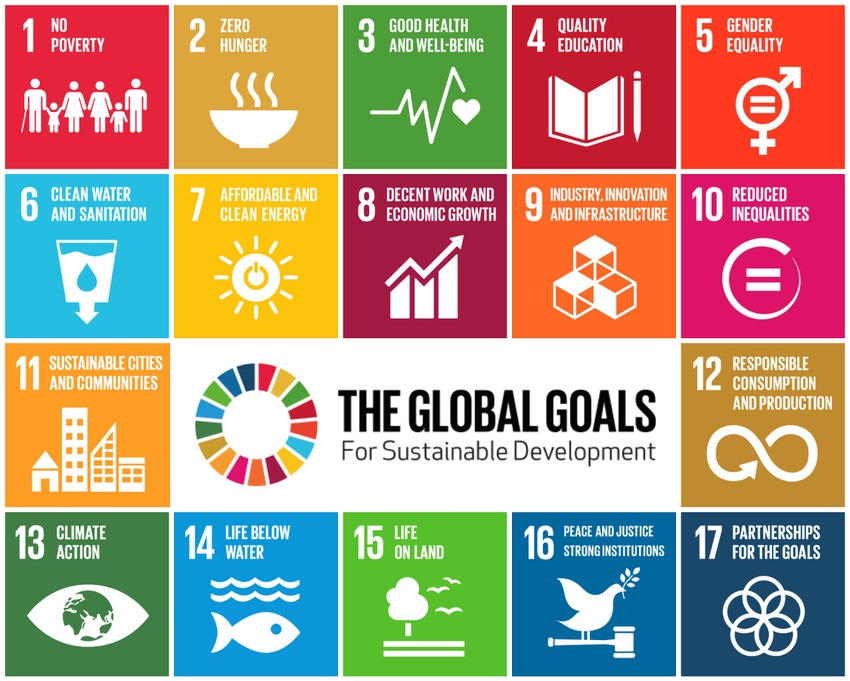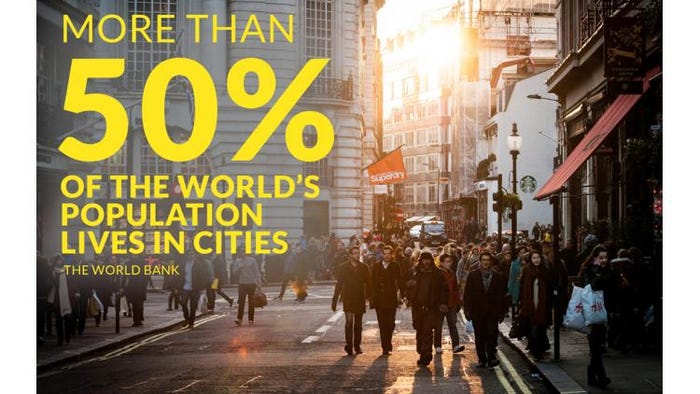Why the 2030 Sustainable Development Goals matter to packaging professionals
December 2, 2015

Rosemary Han
In September, the United Nations adopted a final roadmap for the 2030 Sustainable Development Goals (SDGs). Broadly speaking, SDGs are targets for governments, communities and institutions to further international development.
The 2030 agenda builds on the Millennium Development Goals set in 2000 and includes 17 goals touching on a variety of social, environmental and economic issues ranging from gender equality to accessible and affordable clean energy.
But do the 2030 SDGs have any impact on the work of packaging professionals? Yes—and it’s a renewed opportunity for the packaging industry to be part of the global solution.
Packaging plays a critical role in enabling development—it helps food last longer, it can transport water to water-scarce areas and it dispenses medications to help people live healthier lives…just to name a few. These are some of the necessities that form the foundation of a quality life, and packaging is the tool that delivers and protects those basic needs.
While packaging solutions can enable a better world, we need to be mindful that packaging doesn’t disappear into a vacuum. When packaging and products are sent to markets around the world, they are released into the hands of consumers.
Particularly in expanding markets—such as India, China and Brazil—social and economic transformations in cities result in increased consumer waste production. The World Bank reports that “more than 50 percent of the world’s population lives in cities, and the rate of urbanization is increasing quickly.” With limited space and high population density, waste management is a huge challenge that comes with urbanization. Without external, legislative requirements or economic drivers controlling the recovery of packaging, those materials often up as litter or buried in a landfill.

Many developing or underdeveloped areas still struggle with establishing a waste management infrastructure to recapture consumer waste and packaging materials. In response, the World Bank posits that “citizens and corporations will likely need to assume more responsibility for waste generation and disposal, specifically product design and waste separation.” Companies and packaging professionals are poised to take the lead on sustainable development by focusing on a few key 2030 SDG goals, including Goal 11, Goal 12, Goal 14 and Goal 17.
Goal 11 aims to “make cities inclusive, safe, resilient, and sustainable.” One of the key targets specifies to “reduce the adverse per capita environmental impact of cities by paying special attention to air quality and municipal and other waste management.”
In a similar vein to urban waste management challenges, Goal 14 aims to “prevent and significantly reduce marine pollution of all kinds, in particular from land-based activities, including marine debris and nutrient pollution.” These two targets are directly tied to waste management and litter control—tasks we often view as municipal or government responsibilities beyond the control of industry. But we’re beginning to see the tide turning as more and more packaging professionals become interested in improving recovery rates of their packaging.
The Ocean Conservancy recently released a collective action plan to curb the leakage of plastics into the oceans involving a coordinated effort between industry, non-governmental organizations (NGOs) and government. In its report, the Ocean Conservancy found that a significant portion of marine debris comes from emerging markets and that most marine debris consists of low-grade and low-desirability plastic and plastic films that are not picked up by waste collectors due to their low market value and demand. Simply put, without a demand for these materials, they’re tossed aside.
The collective action plan aims to bring together industry, NGOs and government because the solution to pervasive pollution needs to be multidimensional and involve cooperation from all parties and influencers throughout the supply chain. Packaging professionals in particular are in an advantageous position to make critical design choices that increase recovery of their products, such as structural integrity (flexible pouches that don’t require tearing off an opening) and material preference (using a widely recyclable plastic).
Goal 12 speaks more intimately to the everyday work of the packaging industry. Goal 12 aims to “ensure sustainable consumption and production patterns” by “encouraging industries, businesses and consumers to recycle and reduce waste” and “supporting developing countries to move towards more sustainable patterns of consumption by 2030.” The packaging industry can encourage sustainable production and consumption patterns by reducing unnecessary packaging and designing for sustainable end-of-life disposal options. This can take on a number of forms, ranging from designing for compostability, using widely recyclable materials, incorporating more recycled content, creating producer take-back programs, and encouraging packaging reuse or repurposing.
For the packaging industry, the 2030 SDGs and the UN are not key drivers that impact day-to-day work, but we’re seeing a shift where sustainability is woven into the foundational ethos, the bottom line and future growth goals to drive business forward. With COP21 underway this December, 2015 has become a critical year for determining a path forward on global environmental sustainability. No singular entity can enact these measures alone, and that brings us to our last applicable goal: Goal 17, which aims to revitalize the global partnership for sustainable development with collaboration from governments, civil society and the private sector—packaging professionals included.

Rosemary Han is a project associate with GreenBlue’s Sustainable Packaging Coalition. For additional information about the SPC, visit www.sustainablepackaging.org or follow them on Twitter @SPCSpotlight.
_________________________________________________________________________
Learn about the latest developments in sustainable packaging at WestPack 2016, Feb. 9-11 in Anaheim, CA.
_________________________________________________________________________
You May Also Like


